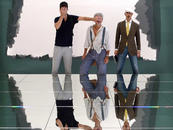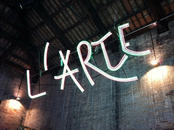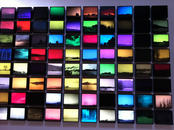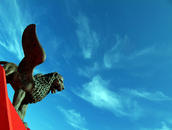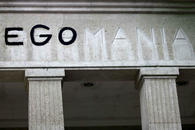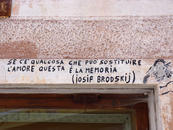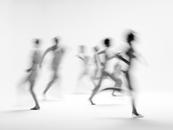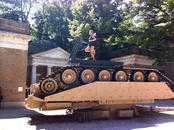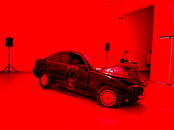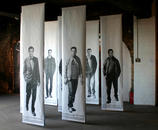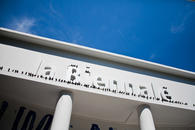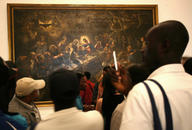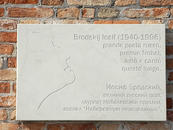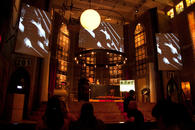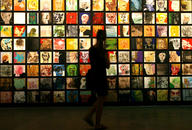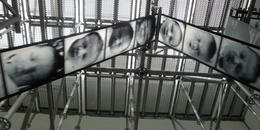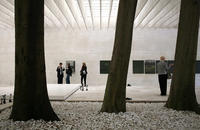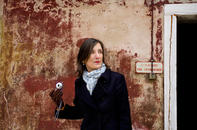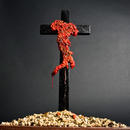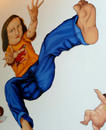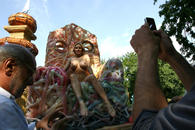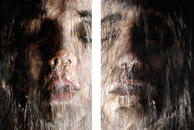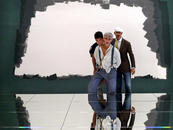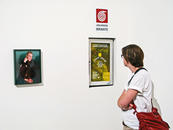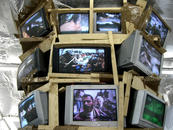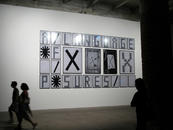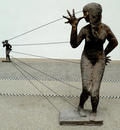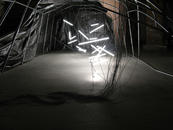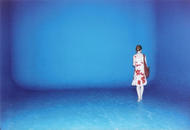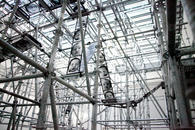This snapshot was previously published, with slight modifications, in Il Calandrangolo, the Alajmo Family magazine.
A walk in a garden of unanswered questions
Every time that I flip through the catalog from last year’s Art Biennale in Venice, I realize how art, and especially contemporary art, needs to be enjoyed in person. The memories, emotions and physical sensations are more relevant than the pictures and descriptions of the work. But rarely, alas, are the memories very clear. What remains is a feeling, more or less pleasant.
In 2011, the Biennale was very, very pleasant. Especially my first visit to the Giardini (gardens), which I made with a group of my closest friends. The experience opened my heart. We lost ourselves along the paths like children at a carnival. Moments of haunting beauty and fullness. I returned alone at the end of the visit to dwell on what I considered emerging. It’s not worth listing everything I saw here due to a lack of space, however the fact is that my overall impression was very strong and, I believe, lasting. This year was more special than others, having worked on the Lucefluida event, dedicated to the Biennale, created by Massimiliano Alajmo and carried out at both Ristorante Quadri in Venice and Le Calandre in Padua from July to November. This multi-sensory culinary performance had the power to prove, to anyone who experienced it, that the work (and performance) of a great chef are perfectly comparable to the work (and performances) of the great contemporary artists. With a more dramatic twist: with an artist-chef, the pleasure (or the excitement, wonder, etc.) involves all the senses, as if the artwork were to “penetrate" you entirely.
Returning to the subject at heart, the 2011 Biennale, as I mentioned, left me pleasantly impressed. Ishared this pleasure with friends and family. Their reactions were divided, according to tradition. The very few who pride themselves in being knowledgeable about art, criticized my enthusiasm, calling this Biennale invariably disappointing (empty, or commercial, or any adjective that tends to disparage). The majority, however, looked at me sideways, commenting that contemporary art is too difficult or incomprehensible, or disgusting. They were the ones to change the subject in the blink of an eye with the terror that I might counter their argument, or begin to list even the “strengths” of contemporary art. There is a widespread notion that contemporary art coincides with the difficult, with the incomprehensible, even the repulsive. There is no need to hide it. Anyone who is not a part of the art world, deep down inside thinks it. And, all too often, people in the art world love to try to prove how much they "know,” using harsh criticism as their preferred tool (which shows a greater understanding, of course). But let me move on to those people who interests me most, persons who in good faith shy away from the contemporary art because it is difficult. In the words of Iosif Brodskij (he spoke of poetry, but it is an argument that can easily be applied to art): "If modern life is not so easy, why should art be any different?" True, but you can argue, as Brodsky does, that art and life are different things. Art should serve to "escape" from everyday life, even to contradict it. So, what about this blessed contemporary art? Do we hate it because it is too realistic, or not realistic enough? I think that we are asking the wrong questions and that prejudices make it impossible to ask other ones. On the other hand, there are no definitive answers, simply because the truly great art doesn’t require them. A single image comes to mind if I try to picture, metaphorically, all contemporary art: an enormous, thought-provoking, question mark. One question asked in all possible ways, and most importantly, a question that wants to remain unanswered, that does not require a response. And why does it not need to be answered? Perhaps because it presents itself as an extreme attempt, sometimes tragic, sometimes ironic, of the overcoming of nihilism? So why does our world no longer accept that art exists without being a tool of ideology? Perhaps because it tends to gradually move away from the established aesthetic canons, because there are no certainties, in terms of faith or anything else? Maybe because in art, as in philosophy, but contrary to science, we do not need certainties to validate the system, classifications, technical progresses and the resulting bright future? Perhaps because each artist simply attempts to put together many different concepts and things, trying not to regurgitate those who preceded him, not to fall into the abyss of clichés? Maybe because it is sufficient to give the world a grain of difficulty, wisdom or happiness? But maybe, and probably more by chance than by logic, we have not gotten to the point? Art can’t just be about that precious moment of difficulty, wisdom or happiness: a second of neglect and madness that makes us see causes, previously unexplored, but useful for genuinely understanding, and with new eyes, the effects of our precarious daily life?
15/05/2012 Filippo Maglione

